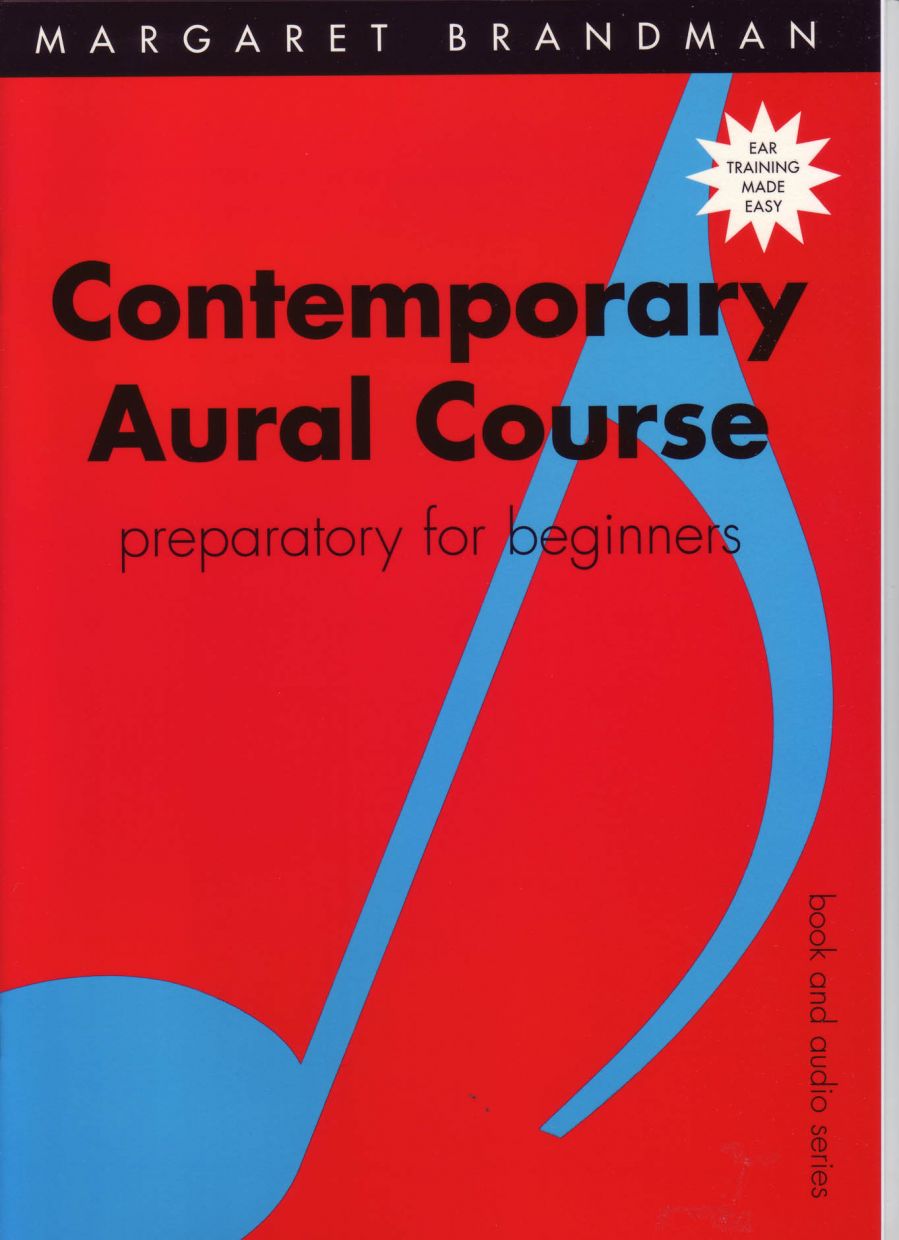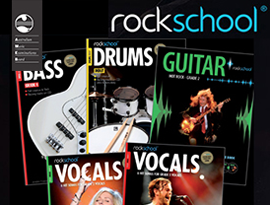Contemporary Aural Course Preparatory Book
Contemporary Aural Course Preparatory Book
This audio and book set is a user-friendly, no experience necessary, aural training course that provides a method of teaching and improving aural skills rather than just a programme of questions and answers. Designed for the novice musician from the age of 5 and up, the voice over instruction gently guides the beginner through the early stages of ear-training.
In this preparatory set the easy rhythm shorthand system is demonstrated in a slow, stage-by-stage manner so even the youngest student can follow the system.
Once this course has been completed, students will be able to handle the faster pace of Set One.
The books in this series are not stand-alone courses. They provide the format in which to write the answers to the questions heard in the audio and some instructional material relating to each lesson.
This book includes a separate lift-out sheet with the answer keys so teachers can check their students’ results or students can self-check. Track listing sheets are included and are also available as a free download from Margaret's website.
| Publisher | Jazzem Music |
|---|---|
| Series | Contemporary Aural Course |
| Format | Paperback |
Table of Contents
PITCH ELEMENTS
- Pitch recognition High and Low sounds and direction
- Repetition – Sames (Unison): Listening, transcribing
- Steps - 2nds: Listening, transcribing
- Skips - 3rds: Listening and singing only
- Skip-plus-ones - 4ths: Listening and singing only
- Jumps - 5ths: Listening and singing only
- The Major Scale: Listening and singing only
RHYTHM ELEMENTS
- Whole, Half and Quarter notes
- 2/4, 3/4 and 4/4 time
- The Dotted Half Note
- A shorthand system by which to transcribe the above timing elements quickly and easily. This is extremely useful for transcription questions in examinations, as it ensures the listener can capture and write out a rhythmic pattern in three hearings.




